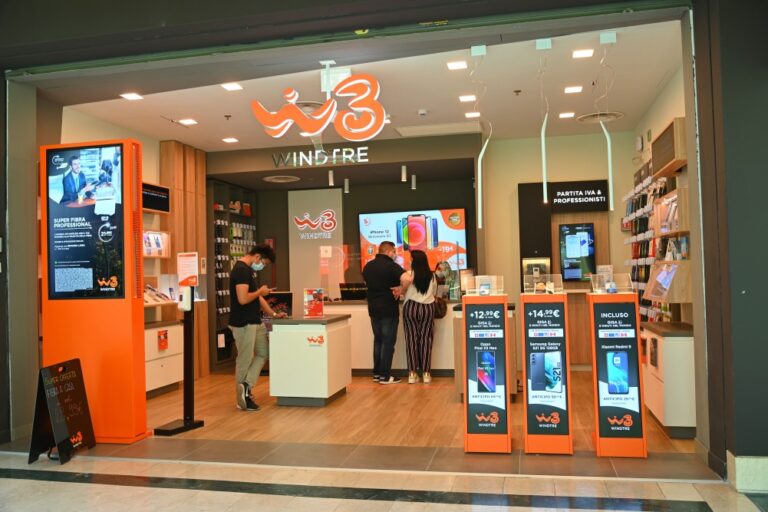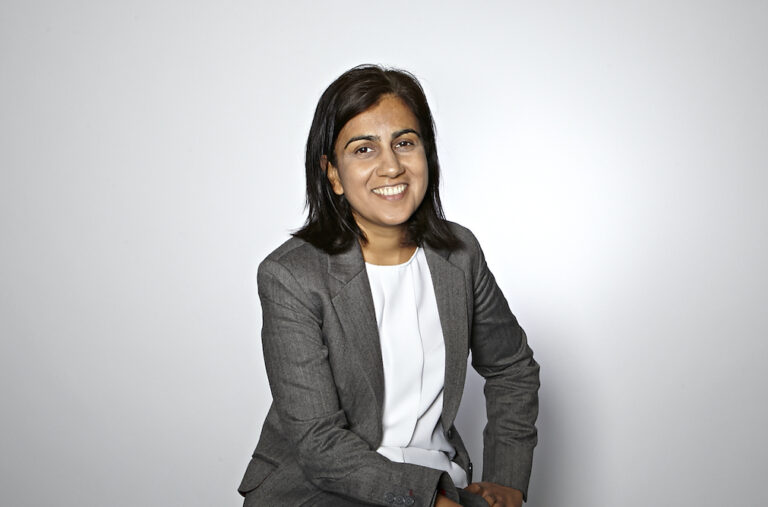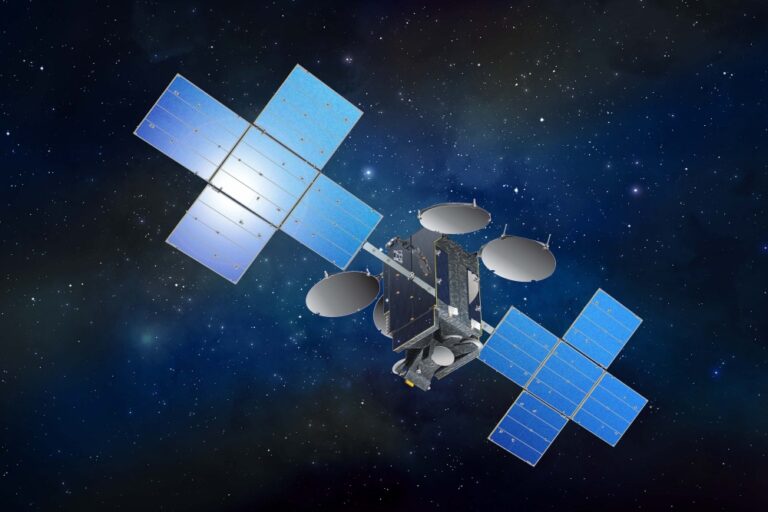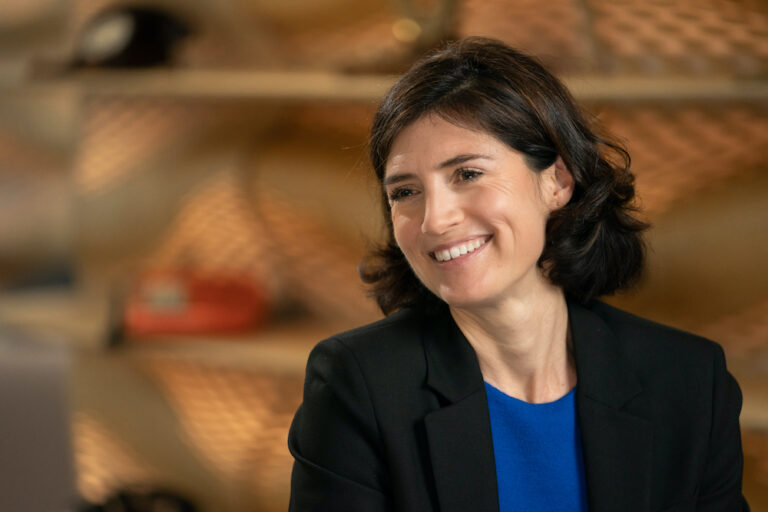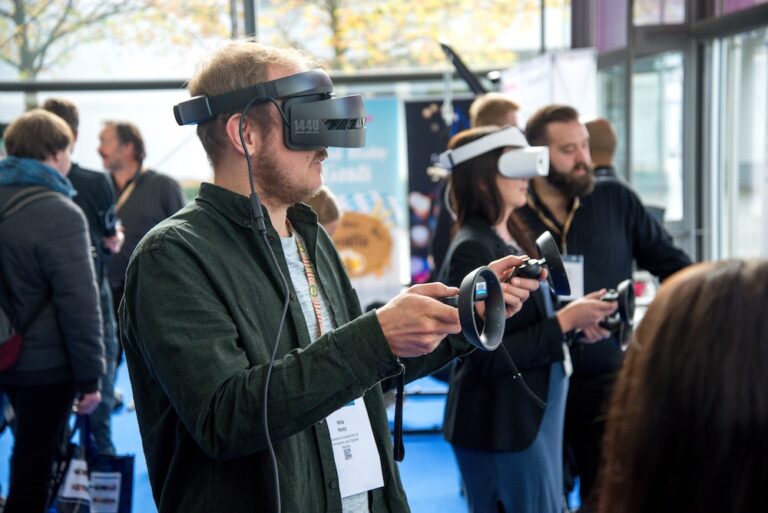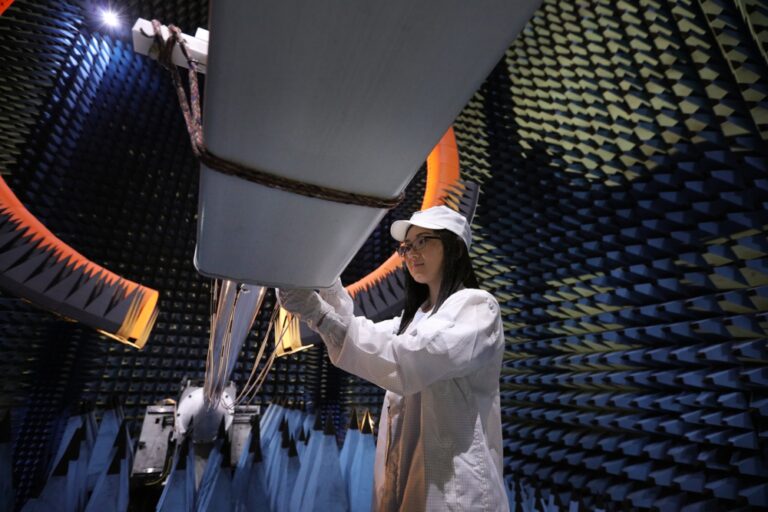The market’s rigged against you too
The UK government has called on the telecoms industry to lead 5G, 6G and the IOT with a budget of £150 million and a broken model of broadband management and monitoring, according to some critics. Still, the various government bodies distributing the small R&D stipends are expecting to see omnipresent 5G, world leadership in 6G and broadband connections available across every hill and dale of each of its countries. Any money left over should be used to create world beating agriculture reviving IoT (Internet of things).
The coherence of the plan has been questioned by some critics, given the size of the task, the manageability of the bodies involved and the lack of supportive regulation offered by bodies such as OFCOM and the Competition and Markets Authority. The CMA was recently prevented by Apple’s legal team from even starting an investigation into market rigging that handicaps UK companies from fair competition in their own domestic market.
If the new Department for Science, Innovation and Technology (DSIT) cannot regulate or monitor, how can it manage a Wireless Infrastructure Strategy? For Tony Eigen, VP Marketing for RAN specialist Baicells, the strength of support is lacking. “The US government is investing $9 billion to deliver and improve 5G-based connectivity,” Eigen told Dan Robinson in The Register. Setting targets for the nation is one thing, but the government needs to ‘step forward’ too and continue to invest if it wants the UK to build a prosperous digital future, Eigen said.
The UK DSIT has set a target for 4G coverage to 95 percent of the population and an even more ambitious target of complete standalone 5G coverage of all populated areas of the UK by 2030. “Our Wireless Infrastructure Strategy sets out our plan to ensure everyone, no matter where they live, can reap the benefits of improved connectivity. We are doing this by ensuring all populated areas in the UK will be served by what I call 5G-plus technology by 2030,” said Michelle Donelan, Secretary of State for Science, Innovation and Technology.
The “clear pro-investment framework” for mobile network operators does not appear to have been fleshed out however. A DSIT spokesperson told Robinson that it will not be subsidising any necessary network upgrades, but offering a “a range of measures” to support commercial investment. Despite its leadership position DSIT offered no clear analysis of the pros and cons of market consolidation, so the question of whether four or three mobile operators could serve the interests of the UK better. DSIT expected the sector to attract investment but has no idea how healthier competition can be created in the 5G sector.
Media and telco analyst Paolo Pescatore of PP Foresight did at least have some idea about whether consolidation will attract the investment needed to build complete standalone 5G networks. Further consolidation might help with scale, but the integration costs involved in, say, a mooted merger between ThreeUK and Vodafone may actually neutralise any efficiency advantages.
In the meantime, all UK mobile operators are heavily reliant on the slow metamorphosis of a 4G-5G hybrid. The extra money needed for independent 5G networks will be hard to come by at the moment. “Margins are being squeezed and any growth is coming from price rises,” said Pescatore. Despite being fast out the blocks the UK has fallen behind the US and Asian in the 5G installation race said CCS Insight analyst Kester Mann. Good though it is that the government is setting for 5G coverage, it’s pointless if consumers are buying 5G applications and the offerings so far are a major disappointment. Standalone 5G might entice big corporations with some artfully crafted network slicing. “This is where the industry is hanging its hat,” said Mann, who said the reality is that huge network investment is only worth risking if there is a realistic chance of huge returns.
The UK DSIT is offering £40 million (€45.5 million) for a 5G innovation fund aimed at promoting investment and adoption of the technology by businesses and public services.
This competition will be created across around ten ‘5G Innovation Regions” across the UK, to help regions and local authorities to “unlock opportunities” tailored to each area’s specific needs and strengths.
DSIT is also offering £100 million of funding for early-stage research into next-gen 6G networks, and thereby influence global standards and ensure that “the UK is at the forefront of both adopting and developing 6G.” However, each day brings new reports of Chinese advances on the 6G front that leave the UK far in its wake. While researchers in Peking are finding ways to pack more data into comms channels, the UK is still setting up research bodies. The money will be channelled through bodies such as the Future Telecoms Research Hubs, coordinated through UK Research and Innovation (UKRI) and the Engineering and Physical Sciences Research Council (EPSRC) via the Technology Missions Fund (TMF).
Finally, a risible sounding £8 million will be used for delivering high-speed broadband to 35,000 of the UK’s most remote properties, giving them funding to get linked up to satellite broadband connections. The biggest problem that the UK telco industry faces is that nobody has accurate figures on the state of the infrastructure, according to ex-BT strategist Tucker George, who now runs service supplier, Rebel Internet, which is designed to solve the problems of what George calls the ‘truly broken’ broadband model that the DSIT operates from.
“It’s controlled by a small number of big broadband providers who have trapped customers and stifled any effective competition,” said George in March.



